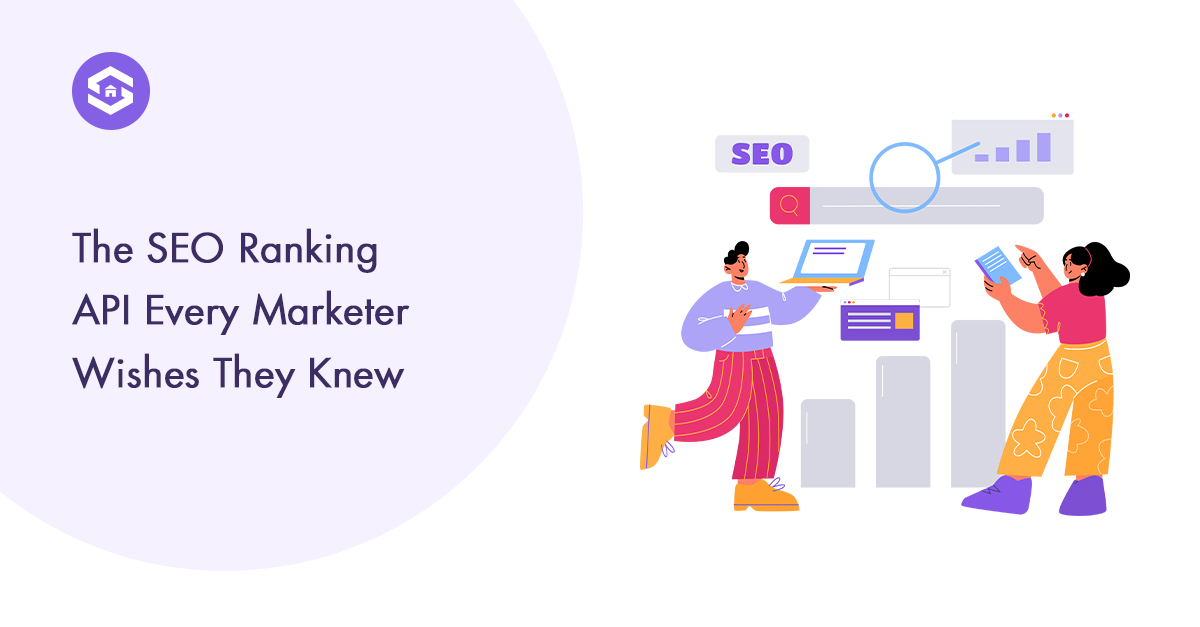
- What an SEO Ranking API actually does (and why it’s a game-changer).
- How developers, marketers, and businesses can integrate it for smarter reporting.
- The real advantages of automating rank tracking compared to traditional methods.
- Practical examples of how this data powers SEO strategies.
By the end of this blog, you’ll not only understand the role of an SEO Ranking API but also how to use it to sharpen your search visibility and stay ahead in an ever-changing digital landscape.
What Is an SEO Ranking API (and Why It’s Different)?
- Keyword Monitoring at Scale – You can track thousands of keywords across different locations, devices, and languages without limits.
- Faster Decision-Making – Use new ranking data to identify opportunities, fix drops, and strengthen campaigns.
- Custom Reporting – Integrate ranking insights into your analytics tools or client reports to provide a single, reliable source of truth.
What To Do When Rankings Drop
1. Identify the Cause
2. Review Your SEO Performance
3. Monitor Website Traffic
4. Take Action Strategically
5. Keep Monitoring Progress
The Step-by-Step Framework to Safeguard Your Rankings
1. Detect – Catch the Drop Early
2. Diagnose – Understand What Changed
- A search algorithm update that reshaped how sites are evaluated.
- Competitors stepping up with fresher, better-optimized content.
- Technical weaknesses on your site — slow loading, broken links, crawl errors, or poor mobile usability.
- Content that no longer matches user intent or has become outdated.
The right move here is data-driven diagnosis. Compare your performance with competitors, run technical audits, and review search console data. Without clarity on the cause, fixes are just guesswork.
3. Fix – Act with Precision
- If content is the issue, refresh it, expand its depth, and align it with search intent.
- If it’s technical, resolve errors, speed up your site, and ensure clean indexing.
- If competition is the driver, outpace them with stronger, more authoritative coverage.
The point is not to rebuild everything from scratch but to deliver specific, high-impact improvements that search engines can immediately recognize.
4. Recover – Monitor and Strengthen
Competitor Benchmarking Through APIs
Why Competitor Benchmarking Matters
Here are a few ways APIs help:
- Keyword Gaps – On average, most businesses only cover 60–70% of the terms their competitors target. Benchmarking APIs can highlight the missing 30–40%, giving you a clear direction for new content opportunities.
- Market Trends – APIs can show you how interest shifts over time. For example, a keyword that had 1,000 searches last month may now be seeing 2,500 searches — and if your competitors are targeting it, you should too.
- Ranking Movements – Tracking positions daily (instead of weekly or monthly) gives you faster alerts. If a competitor jumps from position 15 to 5, you’ll know instantly and can respond before it affects your search engine visibility.
From Data to Action
- Build custom dashboards showing side-by-side performance.
- Prioritize keywords where you’re just a few positions behind.
- Use competitor data in reports to guide clients or stakeholders with confidence.
Advanced API Use Cases: AI + Predictive SEO
Why AI and Predictive SEO Matter
Key Use Cases with Real Value
Forecasting Keyword Opportunities: APIs connected with AI models can analyze past ranking patterns and predict which keywords are likely to grow. For example, if a keyword averaged 5,000 searches per month last quarter and shows a steady 20% rise, predictive models can flag it as a target before it peaks.
Detecting Search Intent Shifts: AI can scan SERP features — like People Also Ask or Featured Snippets — and identify when search intent changes. If informational queries are moving toward transactional intent, you can adjust your content earlier than others.
Competitor Trend Tracking: By combining competitor data from APIs with AI models, you can see not just where rivals rank today, but where they’re likely to focus in the next few months. This helps shape future SEO strategies backed by data rather than assumptions.
Content Performance Predictions: Instead of waiting weeks to see if content ranks, predictive models can estimate the probability of success based on keyword difficulty, page speed, backlinks, and historical performance. This allows teams to prioritize the right pages.
API as Your “First Responder” in SEO Emergencies
Why APIs Work Best in Emergencies
How APIs Help You Respond Faster
Instant Data Access
Instead of waiting for scheduled reports, APIs give immediate updates on keyword positions, SERP features, and visibility. This allows you to confirm changes within minutes, not days.
Pinpointing Affected Areas
APIs can break down data by keyword, device, or location. If only mobile rankings dropped, you’d know right away. If the issue is global, you’ll see that too — making it easier to decide what needs attention first.
Tracking Algorithm Shifts
Sudden changes often link back to algorithm updates. APIs help detect these shifts quickly by comparing current ranking patterns against previous data. If your site lost ground across multiple keywords at once, chances are the algorithm has changed.
Automated Alerts
By integrating APIs with your systems, you can set up automatic notifications. That means you’re not constantly checking dashboards — the alert reaches you the moment a ranking moves outside your set range.
